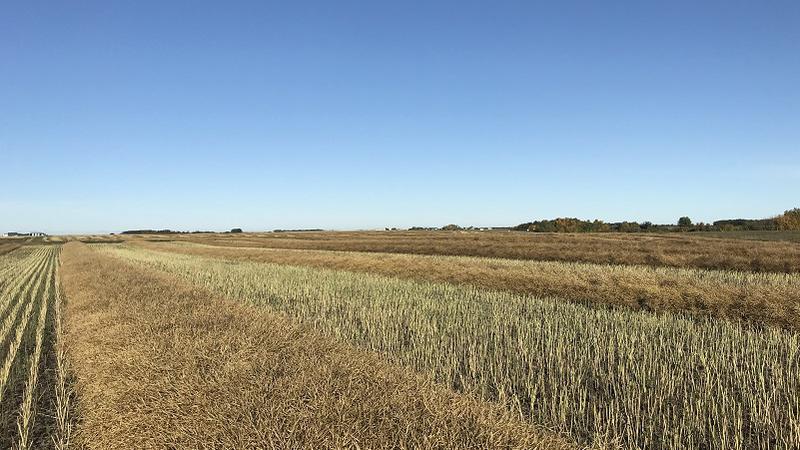
Harvest winding up for many Saskatchewan farmers
Many producers have wrapped up harvest in Saskatchewan.
The report from the Ministry of Agriculture for the week of Sept. 19 to 25 indicated 91 per cent of the provincial crop in the bin. That’s well ahead of the five and 10-year averages of 73 per cent.
The southwest and west-central regions completed harvest this week, with 98 and 97 per cent of crops off, respectively. The northwest is 90 per cent complete, followed by the southeast at 89 per cent and the northeast at 88 per cent. The east-central region has made significant progress this past week, with 82 per cent of crops off.
Many crops are entirely harvested provincially with the remaining crops nearing completion. Oats are 93 per cent completed this week, followed by canary seed at 88 per cent. Later maturing crops, or fields seeded later, represent the remaining acres to be harvested, although great progress is being made. Canola is 80 per cent, flax is 63 per cent and soybeans are 64 per cent combined for the year.


